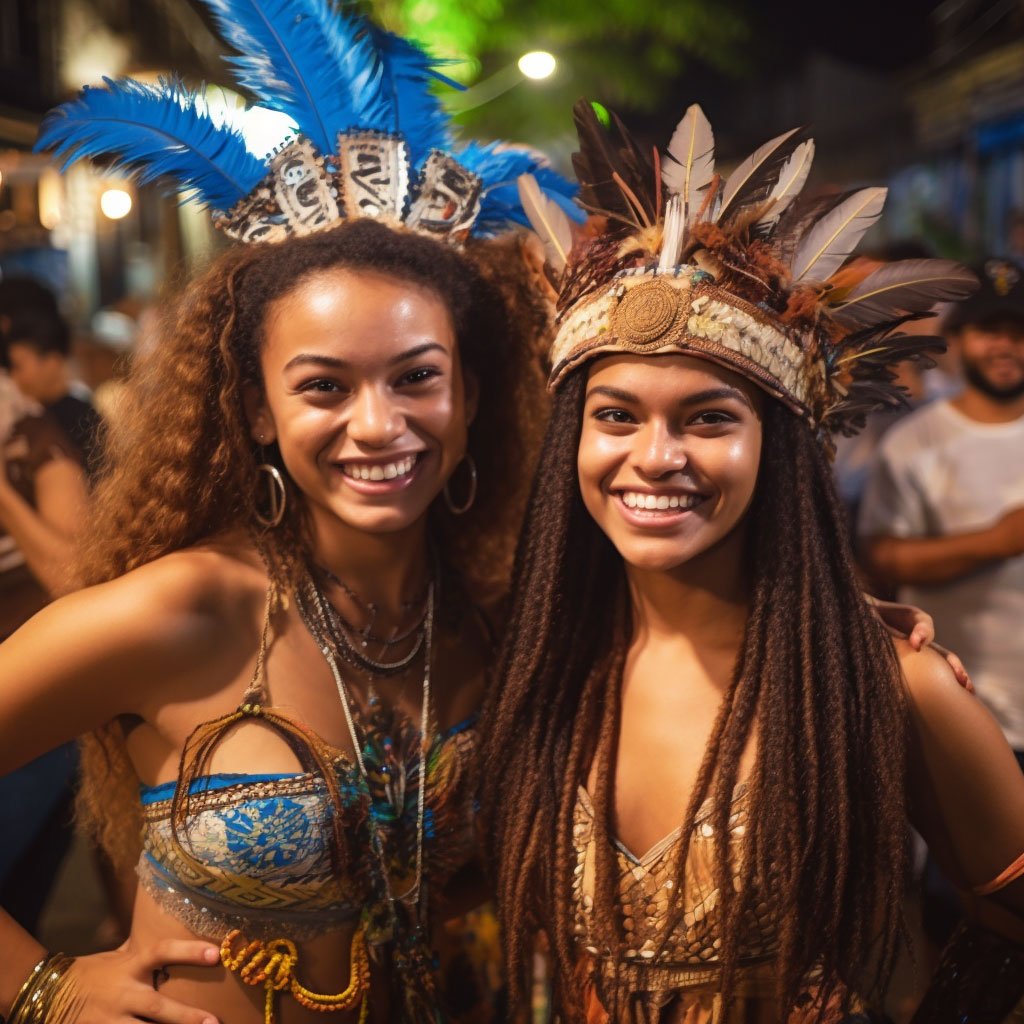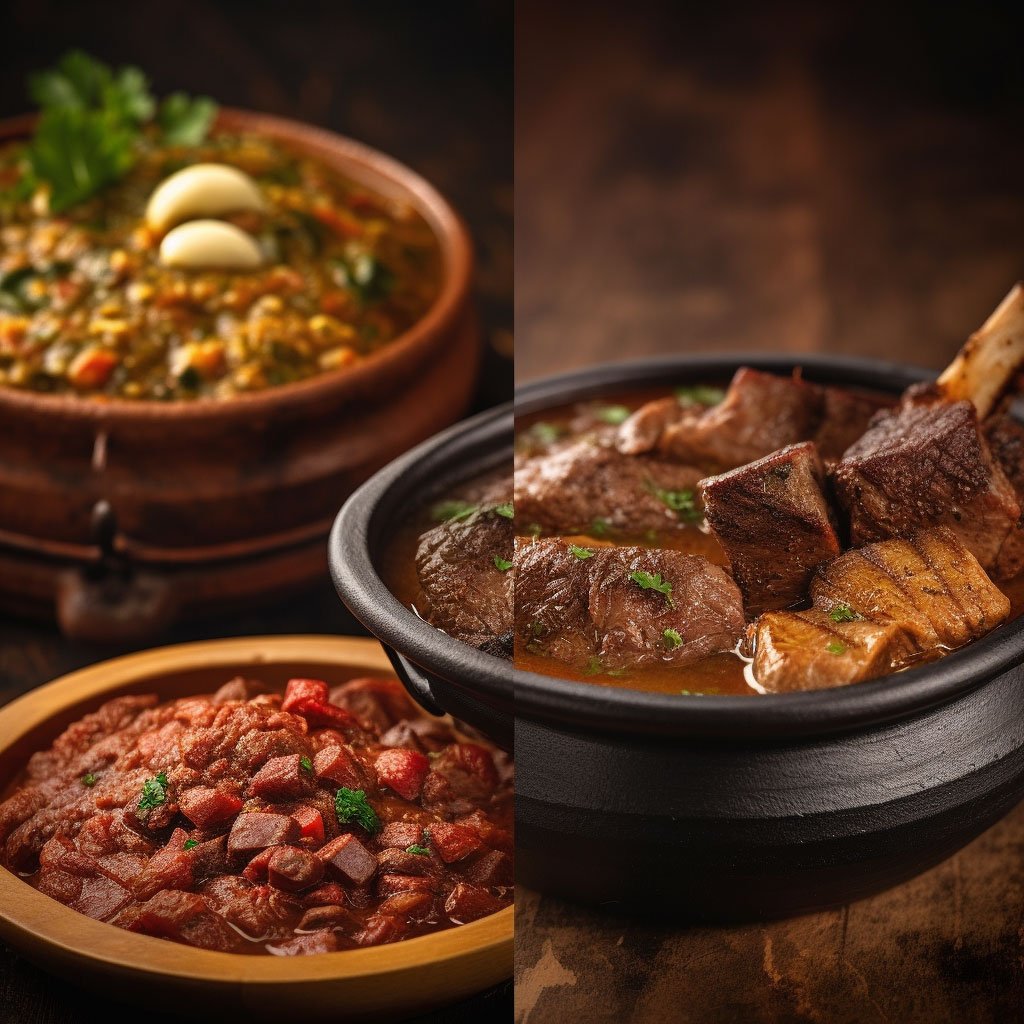
Introduction
In the heart of South America lies a country alive with vibrant cultures and traditions that reflect a diverse heritage. This is Brazil, a melting pot of influences from its indigenous people, Portuguese colonists, African slaves, and immigrants from Europe, the Middle East, and Asia. Here, music, dance, food, and more form a rich tapestry that defines the Brazilian way of life.
Rhythms of Salvador: Afro-Brazilian Influence
My journey through Brazil’s cultural landscape began in the bustling city of Salvador, the epicenter of Afro-Brazilian culture. The rhythms of Samba and Capoeira echoed in the air as locals practiced in the squares and on the cobblestone streets. These music and dance forms, heavily influenced by African traditions, have become synonymous with Brazilian culture.

Savoring Salvador: Afro-Brazilian Cuisine
Salvador also offers a culinary journey like no other. Its African-influenced cuisine, featuring dishes like acarajé (deep-fried balls of black-eyed pea dough filled with shrimp) and vatapá (a creamy peanut, shrimp, coconut, and palm oil paste), provided a taste explosion that was an experience in itself.

São Paulo: A Blend of European and Asian Cultures
Next, my journey led me to São Paulo, a city with a significant immigrant population. The presence of large Italian and Japanese communities has created a unique cultural blend in the city. São Paulo’s Bixiga neighborhood is renowned for its Italian cantinas, while Liberdade is known as the city’s Japanese district, complete with sushi bars, shops selling Japanese goods, and streets adorned with red lanterns.

Amazonia: The Indigenous Heartbeat of Brazil
Brazil’s indigenous influence is most prominent in the Amazon region. Visiting an indigenous community was a humbling experience, one that offered insights into their unique traditions, languages, and way of life. Witnessing a tribal dance and music performance was an unforgettable highlight, as was sampling traditional indigenous foods prepared over open fires.

The Portuguese Legacy in Minas Gerais
Finally, I experienced the Portuguese influence on Brazilian culture in the historic cities of Minas Gerais. Here, the colonial architecture, traditional Portuguese festivals, and dishes like feijoada – a hearty black bean and pork stew – all speak to the enduring Portuguese impact on Brazil.

Conclusion: A Dance of Traditions
Exploring Brazil’s cultural diversity has been an enriching experience, a vibrant dance of traditions, customs, and cultures. It’s the people who make Brazil truly special – their warmth, their passion, and their ability to turn every moment into a celebration. My journey through Brazil continues, and I look forward to bringing more tales from this incredible country. Until then, “Adeus” (Goodbye)!
